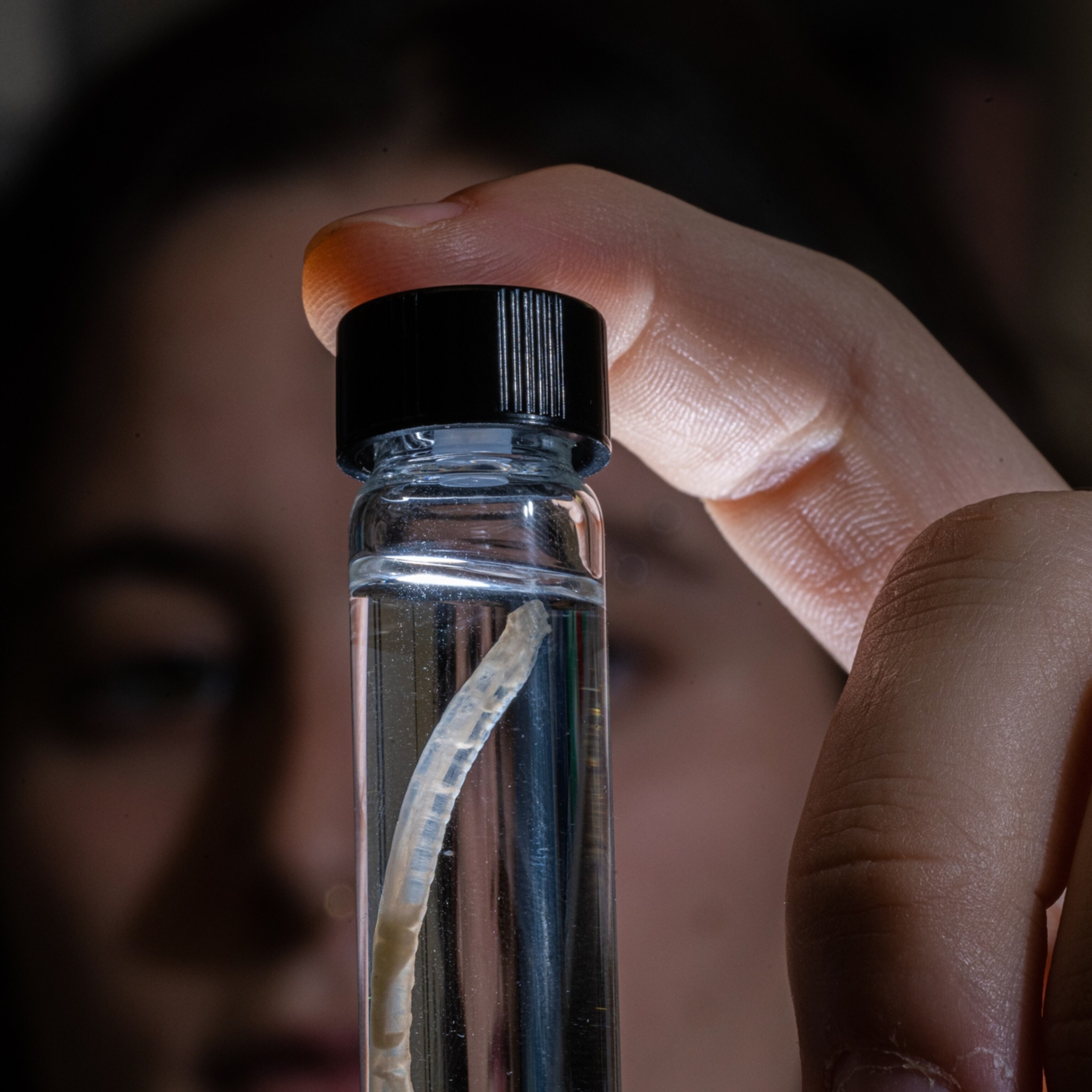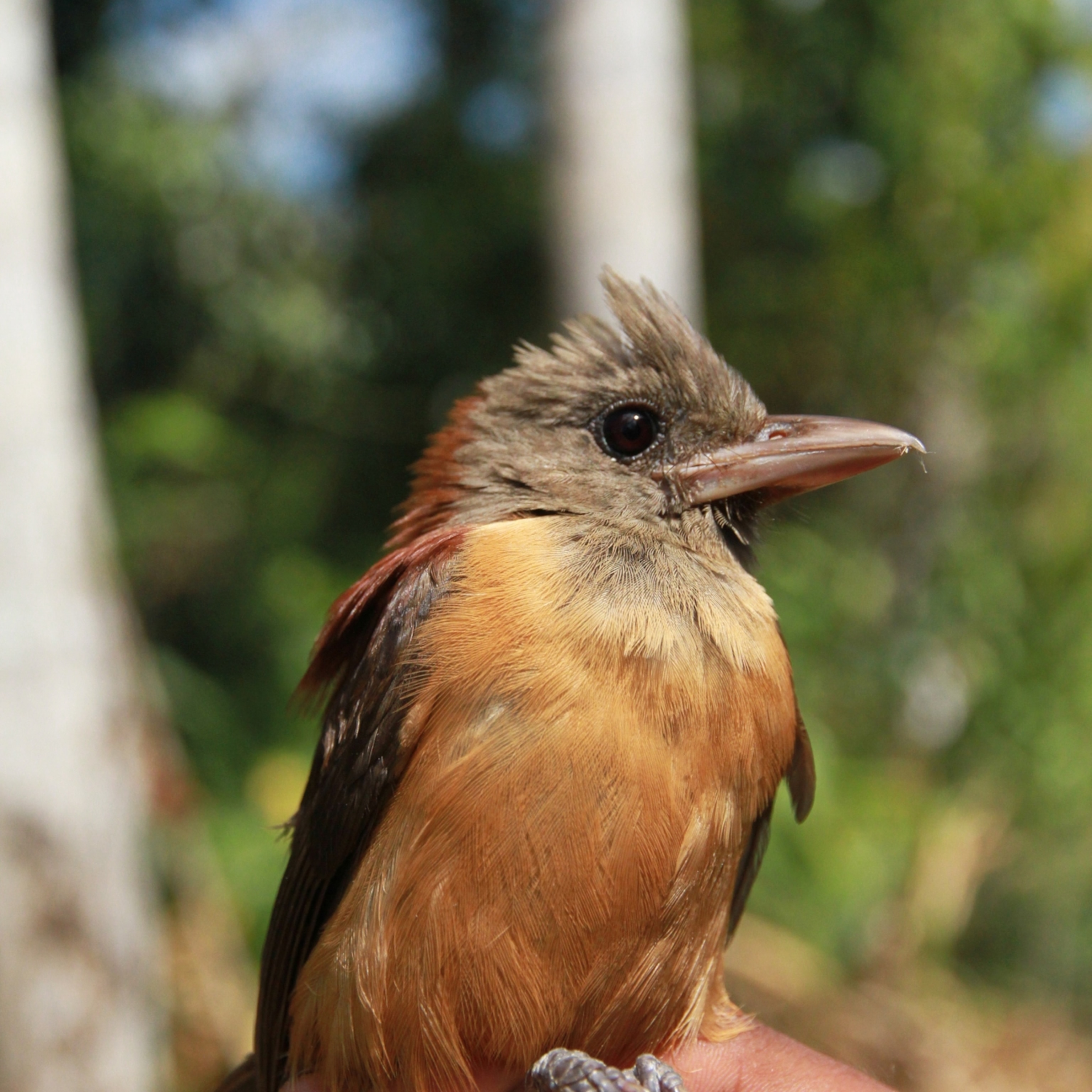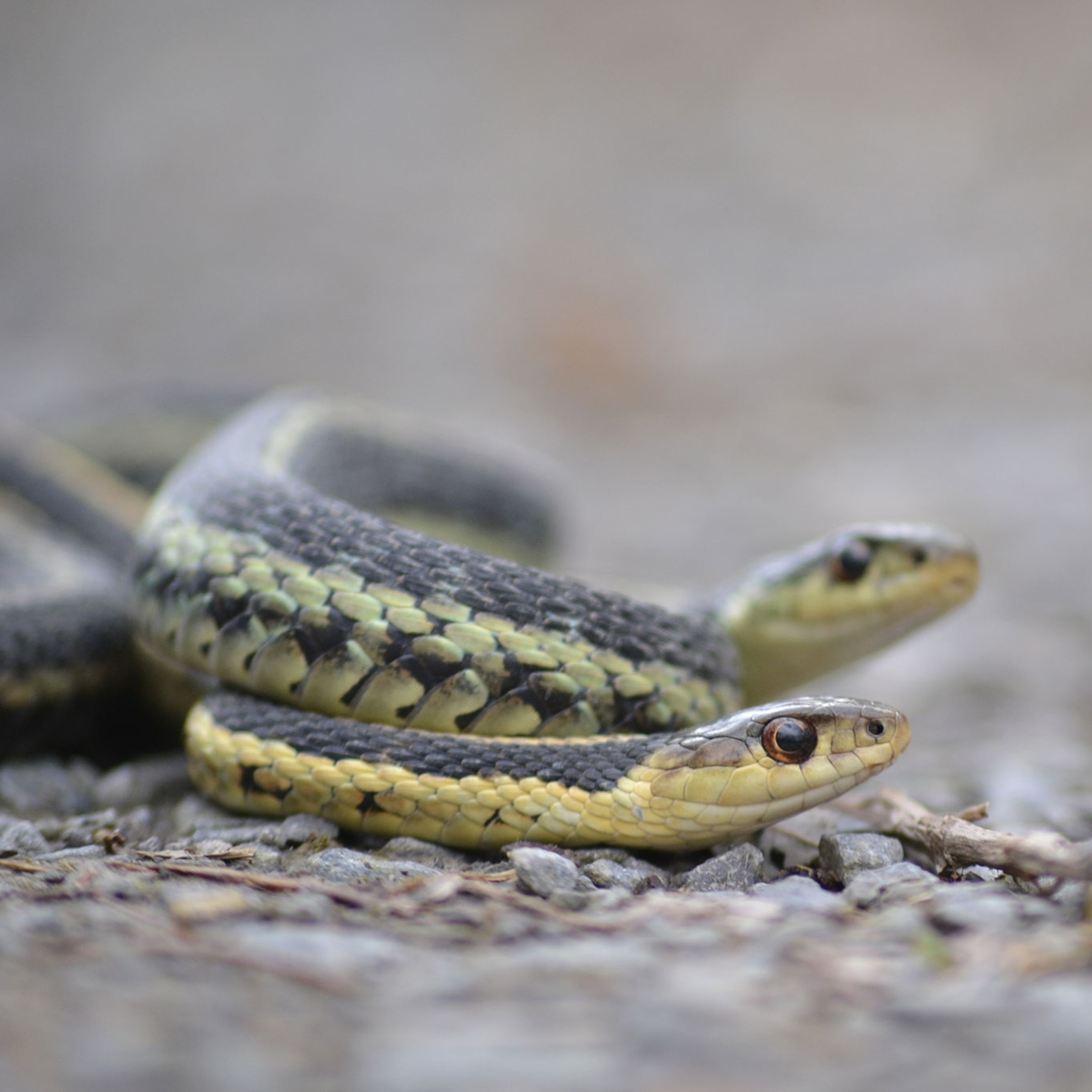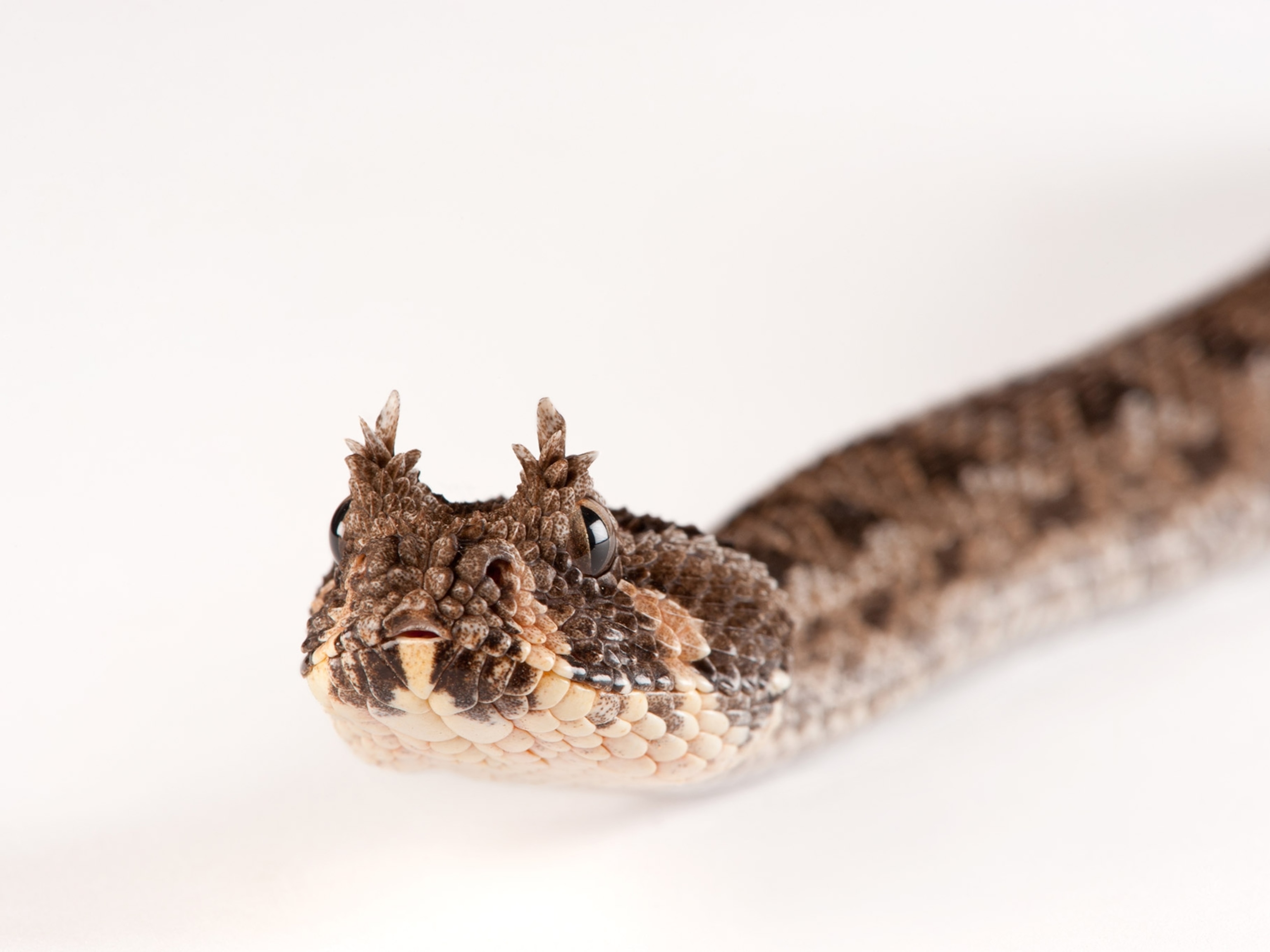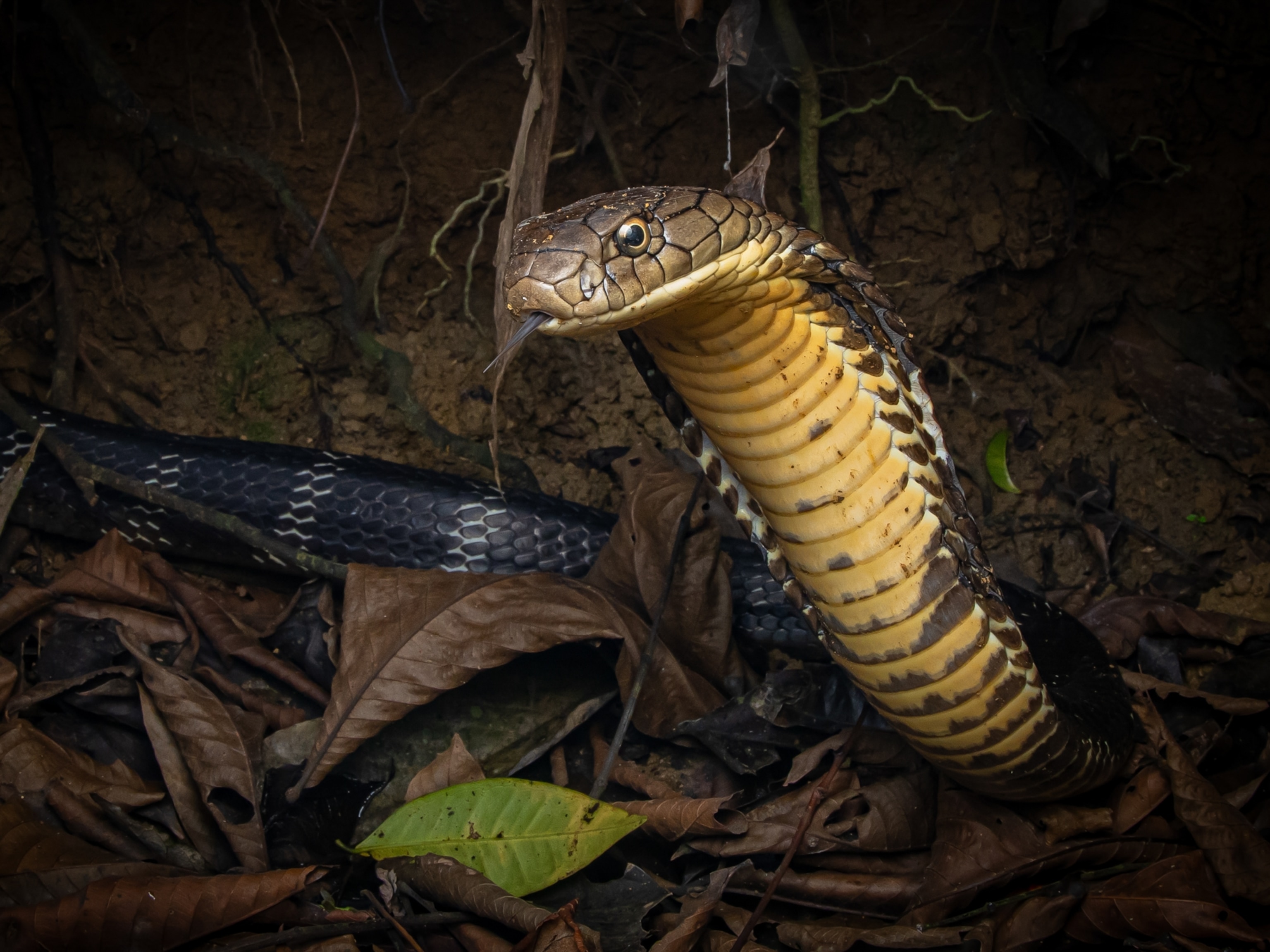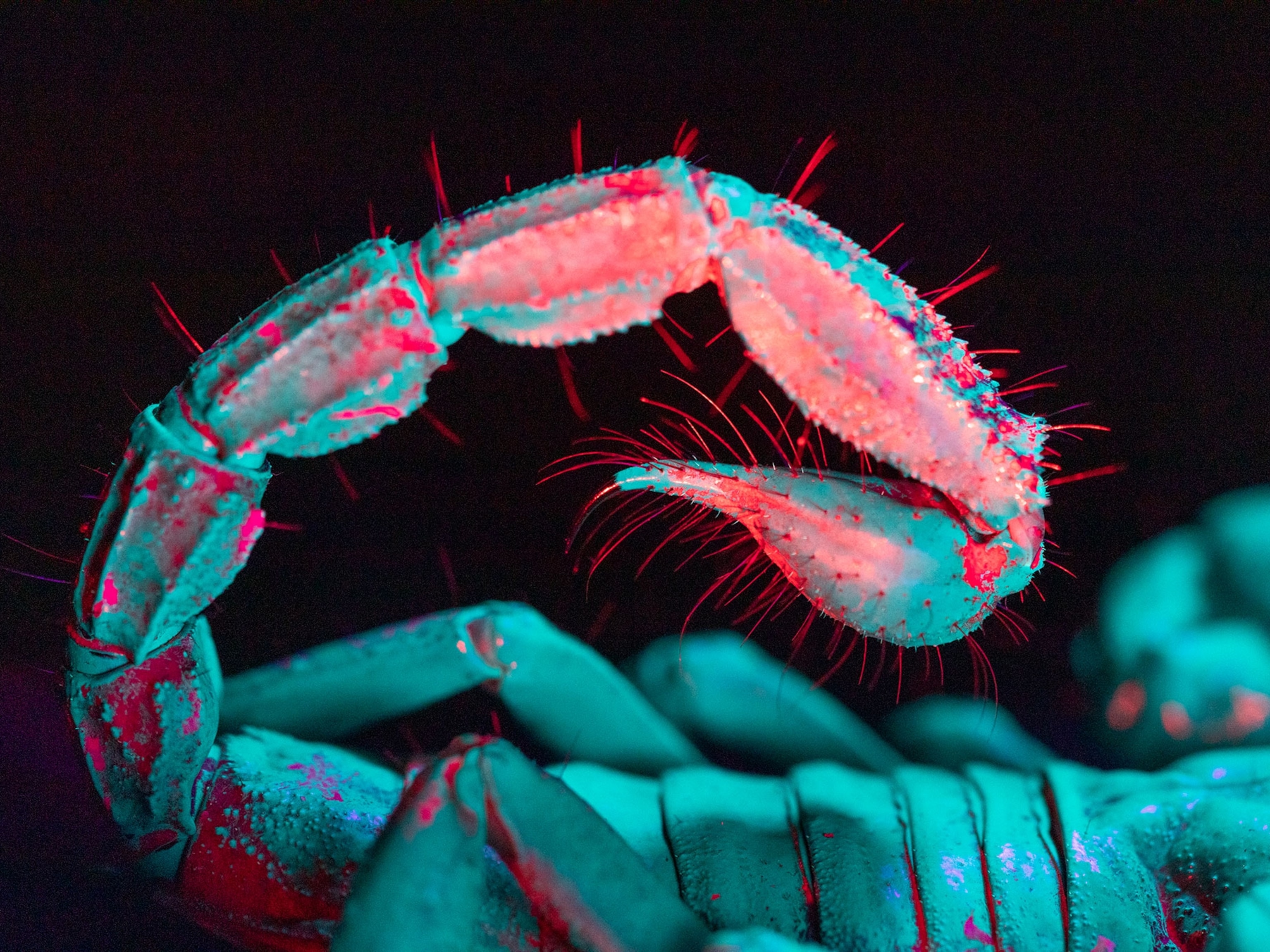Toothy worm-like creatures called caecilians have smooth, shiny skin and already look a lot like snakes. Still, scientists were surprised to discover some of these legless animals may have venomous saliva—possibly the first example ever found in amphibians.
Nearly 200 caecilian species wiggle through tropical forests the world over, ranging from the 3.5-inch-long Idiocranium russell in Cameroon to the nearly five-foot-long giant known as Caecilia thompsoni in Colombia.
Most of the animals dwell underground, which is why “caecilians are maybe the most unknown group of vertebrates,” says Carlos Jared, an evolutionary biologist at the Butantan Institute in São Paulo, Brazil, and author of a new study on the animals. Some species are so adapted to subterranean life, they’ve completely lost their eyes.
Scientists already knew caecilians have three rows of needle-nosed teeth—two on the top and one on the bottom—that likely help the predators catch and gulp down earthworms. But while looking at caecilians captured in Brazil, Jared discovered a never-before-described set of dental glands that produce saliva and, possibly, venomous enzymes. But, he cautions, further analysis is needed to confirm caecilian saliva is truly venomous.
If it is, the implications are striking, says Emma Sherratt, an evolutionary biologist at University of Adelaide in Australia who was not part of the study.
For one, it would mean that venom evolved independently in both amphibians and reptiles, which would reconfigure what we know about how venom evolved. It also presents an intriguing mystery, she says: Why don’t frogs and salamanders also have venomous saliva? (Learn more about the origin of venom.)
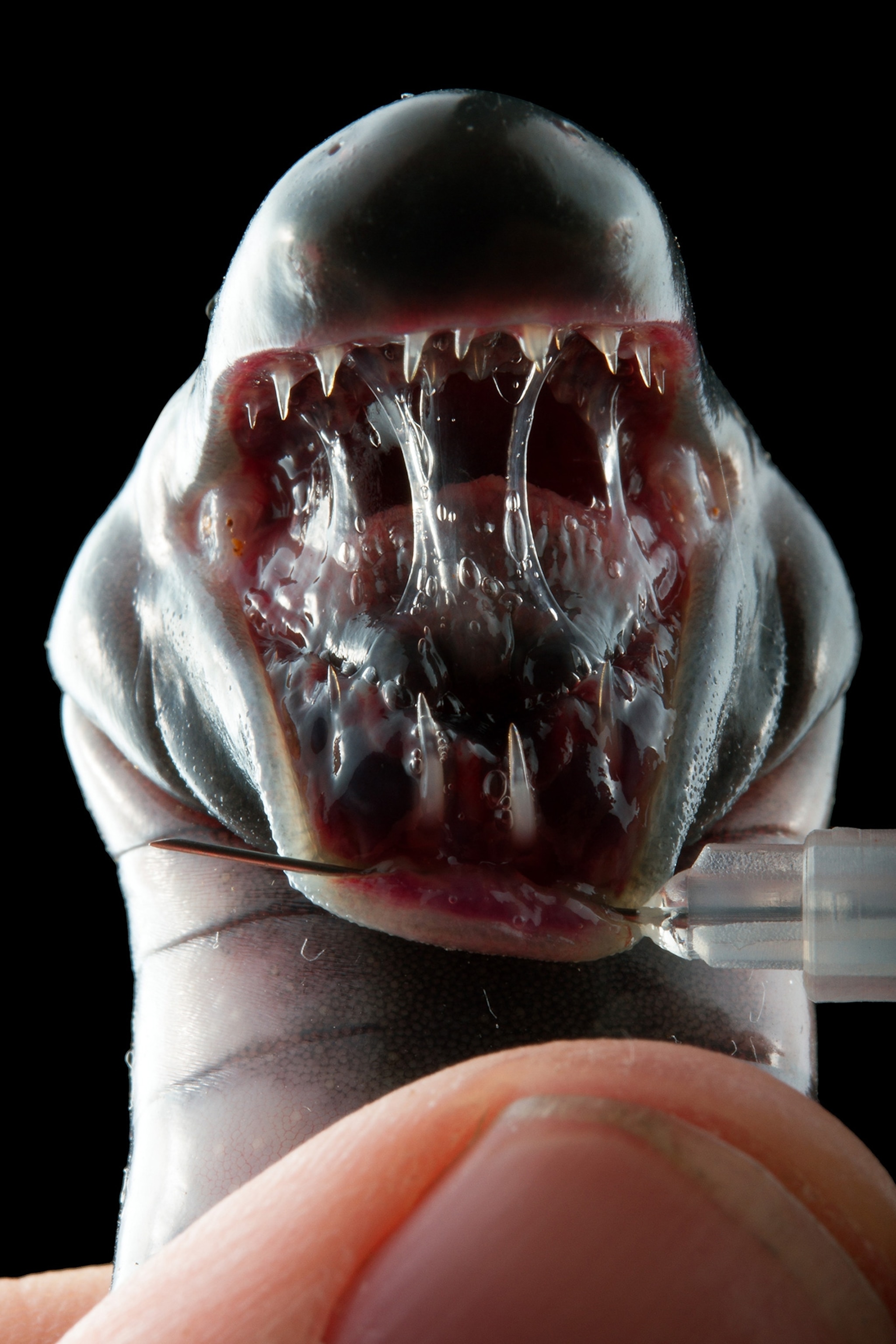
The only other known venomous amphibian is the Greening’s frog, also found in Brazil, which “stings” through a combination of poison glands and sharp spines on its face.
Expert burrowers
Scientists had noted the presence of these dental glands in Frigate Island caecilians in 1935 but mistook them for more typical mucous glands, which are plentiful on the animals.
Glands on the caecilian’s head, for instance, produce a lubricant so they can more easily move through the earth, says Jared. On the other end, caecilian tails have glands that produce poison, presumably to discourage predators from chasing them through their subterranean highways. (Learn the difference between a venomous and a poisonous creature.)
For the research, study leader Pedro Luiz Mailho-Fontana, also a Butantan Institute evolutionary biologist, and colleagues performed analyses on saliva samples from two adult ringed caecilians (Siphonops annulatus) to determine what chemicals they contained. They found a family of enzymes called A2 phospholipase that’s widespread in venomous creatures, such as wasps, scorpions, and snakes.
The team euthanized four specimens to study the physical makeup of the glands’ structures, examining two of the animals with an electron microscope, according to the study, published July 3 in the journal iScience.
Though they would have liked to study more animals, caecilians are difficult to find—it can take up to 20 hours to locate one of these expert burrowers and pull it from the soil, Mailho-Fontana says.
Why the toxic spit?
Once they can acquire new specimens, Mailho-Fontana says they hope to collaborate with experts in the biochemical and pharmacological fields to get at the glands’ true functions. But he suspects the caecilians’ saliva may help neutralize the giant earthworms they prey upon, as well as in the process of digesting them. (Read more about the world’s venomous animals.)
While many imagine bee stingers and snake fangs when it comes to venom delivery, Mailho-Fontana says plenty of venoms have evolved from saliva. Early on, liquids in the mouth may have started as lubrication, then changed to better assist with digestion, and finally evolved the capability to do harm. Other animals with venomous saliva include snakes; Komodo dragons; and mammals such as shrews, slow lorises, and bats.
Alejandro Arteaga, a biologist and president of Tropical Herping, a tour company focused on seeing reptiles and amphibians, said by email he’s been bitten by caecilians and their Alien-reminiscent mouths several times, and not felt any lasting effects “other than the immediate pain of the mechanical puncture of teeth.”
He agrees with the authors that, if it’s there, the venom likely adapted to help caecilians take down or dissolve prey, not defend against predators, he says.
‘Constantly surprising us’
Kevin Arbuckle, an evolutionary toxinologist at Swansea University in the United Kingdom, says it’s “certainly plausible” that caecilians are venomous, given how understudied the animals are.
But the analysis of the enzymes isn’t “particularly convincing,” Arbuckle said in an email. “All oral glands produce a wide range of enzymes, including many of those listed.” In other words, animals can have this family of enzymes in their saliva without having a venomous variety.
“That said, it's clearly an interesting paper and I have no doubt it will spurn many follow-up studies that will greatly improve our understanding of a poorly known group of vertebrates,” he says.
Sherratt adds that while the paper is a “solid contribution,” it “leaves us with a lot more questions than it answers.”
“But then, that’s the case in caecilians,” says Sherratt. “They’re constantly surprising us.”


